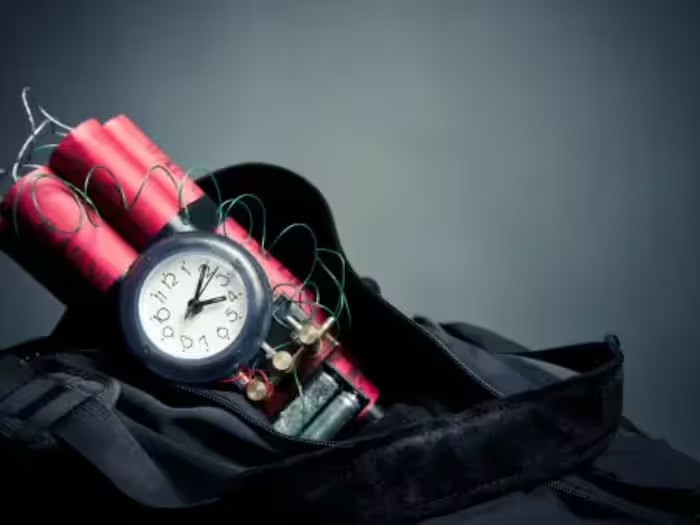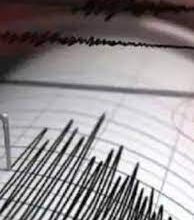Eyes on Chandrayaan-3 as it approaches the Moon’s South Pole for a historic landing while Russia’s Luna-25 crashes
Even while Luna-25, which was predicted to surpass Chandrayaan-3, crashed on the lunar surface on Saturday, Chandrayaan-3 slowly advances toward the moon. With its return mission, Russia, the former Soviet Union, attempted to replicate the first-ever soft landing on the moon that had been accomplished in 1966 but was unsuccessful.
While the world’s top space agency has been shocked by this, Chandrayaan-3 has been thrust into the spotlight ahead of its scheduled landfall on Wednesday. The Indian Space Research Organization (ISRO) now has the chance to create history by being the first to set foot on the moon’s mostly unexplored South Pole. The soft landing attempt for India’s Lander is scheduled to begin at 5.45 p.m. on August 23 when it is currently orbiting the moon in an elliptical orbit of 25 x 134 kilometers.
MOON’S SOUTH POLE RACE
On August 21, it was predicted that Russia will beat India to become the first country to set foot on the lunar South Pole thanks to its powerful Soyuz rocket. But on Saturday, just as the autonomous spacecraft was supposed to transition to a pre-landing elliptical orbit, connection with it was lost. The spacecraft was driven into a free fall on the lunar surface by the signal latency. The agency said that all searches for the craft and attempts to reestablish communication were fruitless.
“Russia has far more powerful rockets, and they have already made multiple moon landings. Comparing things is unfair. The landing places were distinct, and both organizations were aware of one another’s intentions. The space competition of the 1960s is ended. Space specialist Group Captain Ajey Lele (retd), a consultant with the Manohar Parrikar Institute for Defence Studies and Analyses (IDSA), stated that what you do after you go there is what important right now.
Experts claim that the Luna-25 disaster represents a significant loss for lunar exploration research. “The Russian lander was planned to run for a full year far nearer the South Pole, where it would have gathered significant data beneficial to all scientists. Additionally, rock samples were anticipated to be extracted and brought to Earth, he said.
According to experts, as space research has advanced, space agencies have realized that it can only be accomplished with international collaboration. Initially, it was anticipated that Russia and ISRO would work together on Chandrayaan-2. However, when it failed to materialize, ISRO seized the opportunity to launch the locally constructed Chandrayaan-2 in 2019.
When India returned to the moon four years later, Russia joined the expedition and undertook its first lunar mission in 47 years. Despite a month’s delay, both spacecraft were orbiting the moon simultaneously and preparing for a touchdown on the South Pole. Luna-25 had set a landing date of August 21 whereas Chandrayaan-3 had locked in August 23.
ASK TO CHANDRAYAAN-3 TO MAKE HISTORY
Experts think ISRO has a unique potential to complete this historic accomplishment since it has approximately half the resources and funding of other spacefaring countries. Israel and Japan are two nations that have recently failed to land on the moon. However, ISRO demonstrated success by applying the lessons it learned from 2019 to future endeavors.
“Numerous ground tests and sensor checks carried out over the last three years have given ISRO confidence. But it will always be difficult to land in space, and nothing is certain until the very last second. The mission may be put in danger by even a little diversion or inaccuracy. However, if the tests are carried out consistently and the performance is at its best, it inspires confidence. ISRO conducted excellent tests. The essential back-ups are on board Chandrayaan-3. As it can linger above the area before impact, it has been given more fuel and flexibility, according to Dr. P. Sreekumar, a former director of ISRO’s Space Science Program Office.
Even though there are still a lot of unanswered questions in space, ISRO has conducted enough tests to be hopeful this time. In the near future, India may become a preferred location for launching affordable space missions, which means that a successful landing might provide new chances for the country.
The closest celestial body is the moon. We must successfully land there before we can go beyond it. How would people fare if the autonomous spaceship doesn’t make it through the landing? Although we do not currently gather lunar samples, we want to do so soon, he said.







